Start of Main Content
This timeline and lesson plan helps students understand the historical and societal context of American responses to the Holocaust, including the responses of individuals and of the US government. Grade Level: Adaptable for grades 9-12 Subject: History Time: 75-90 minutes; extensions available Languages: English, Spanish
For Learning Management Systems
This online lesson plan is compatible with learning management systems or web browsers for students to complete individually or as a class. You can use the PDF of the original lesson plan above as a guide. To use with your LMS, download the files below and follow your system’s instructions for importing files.
This Section
Plan Your Visit
Resources and tips to assist you before, during, and after your visit to the Museum
